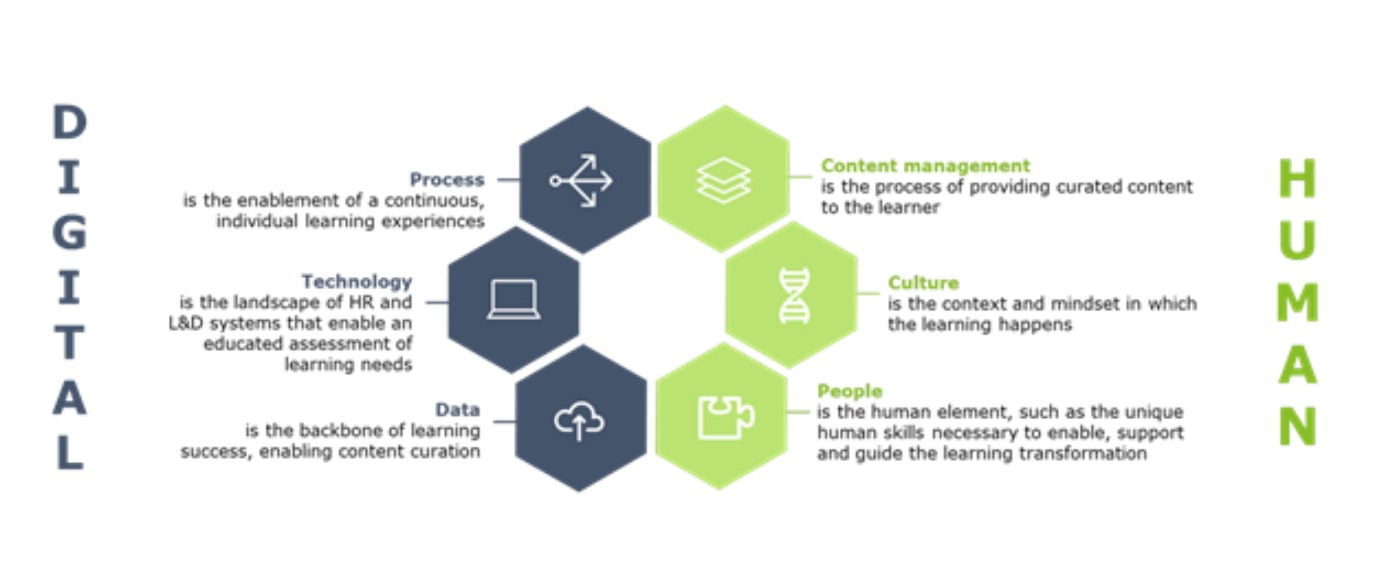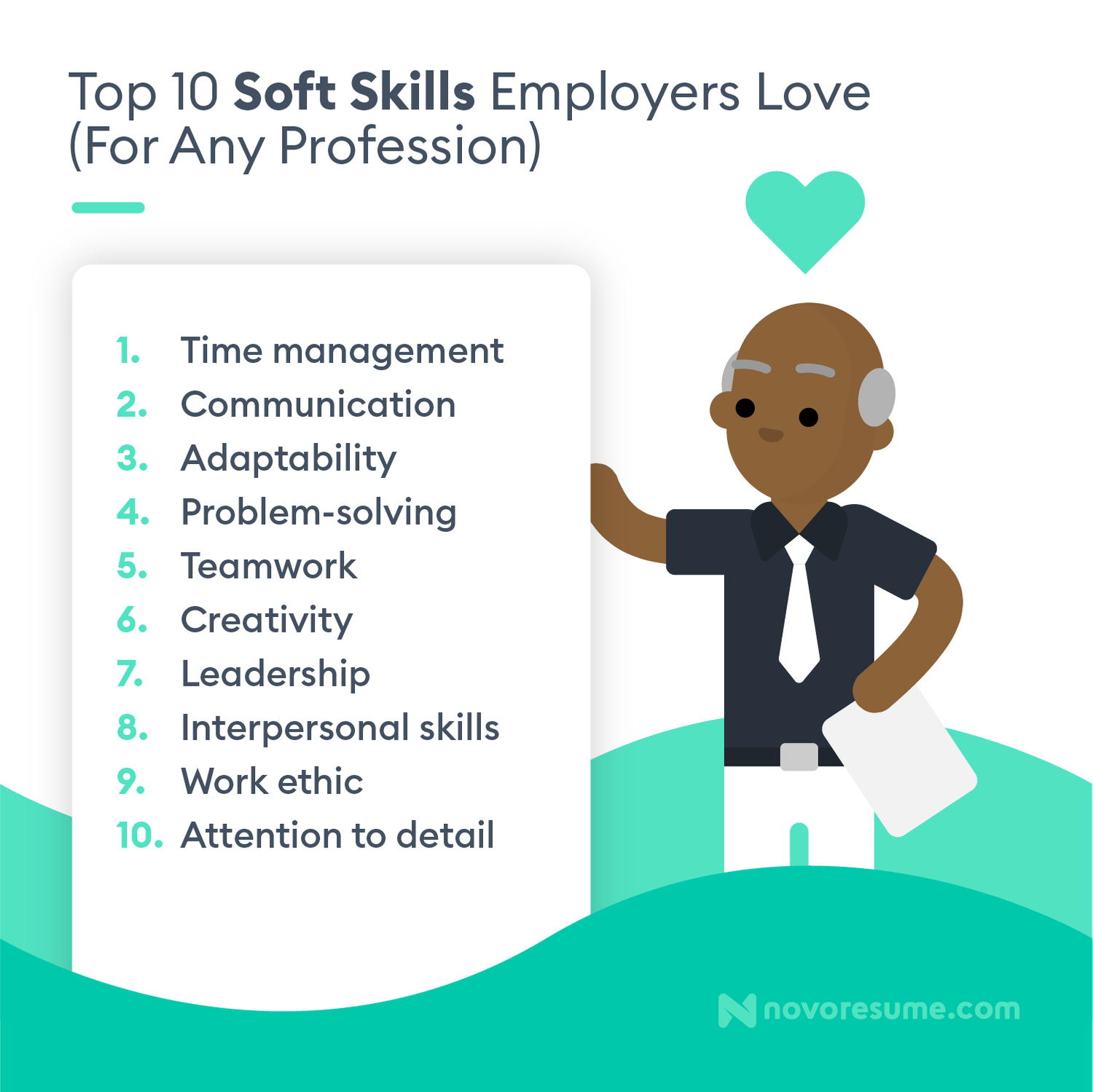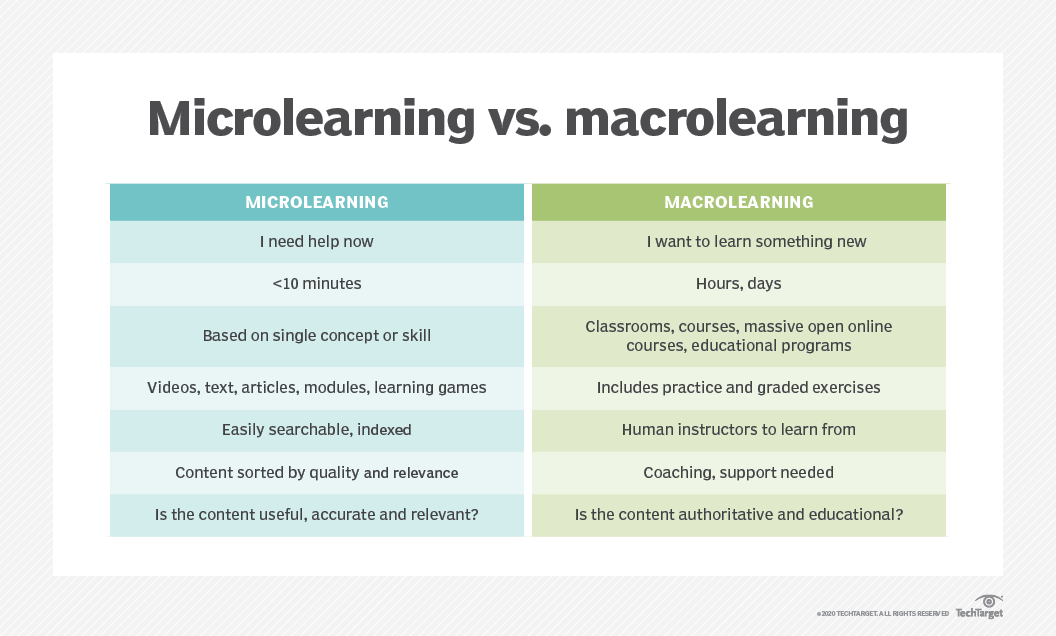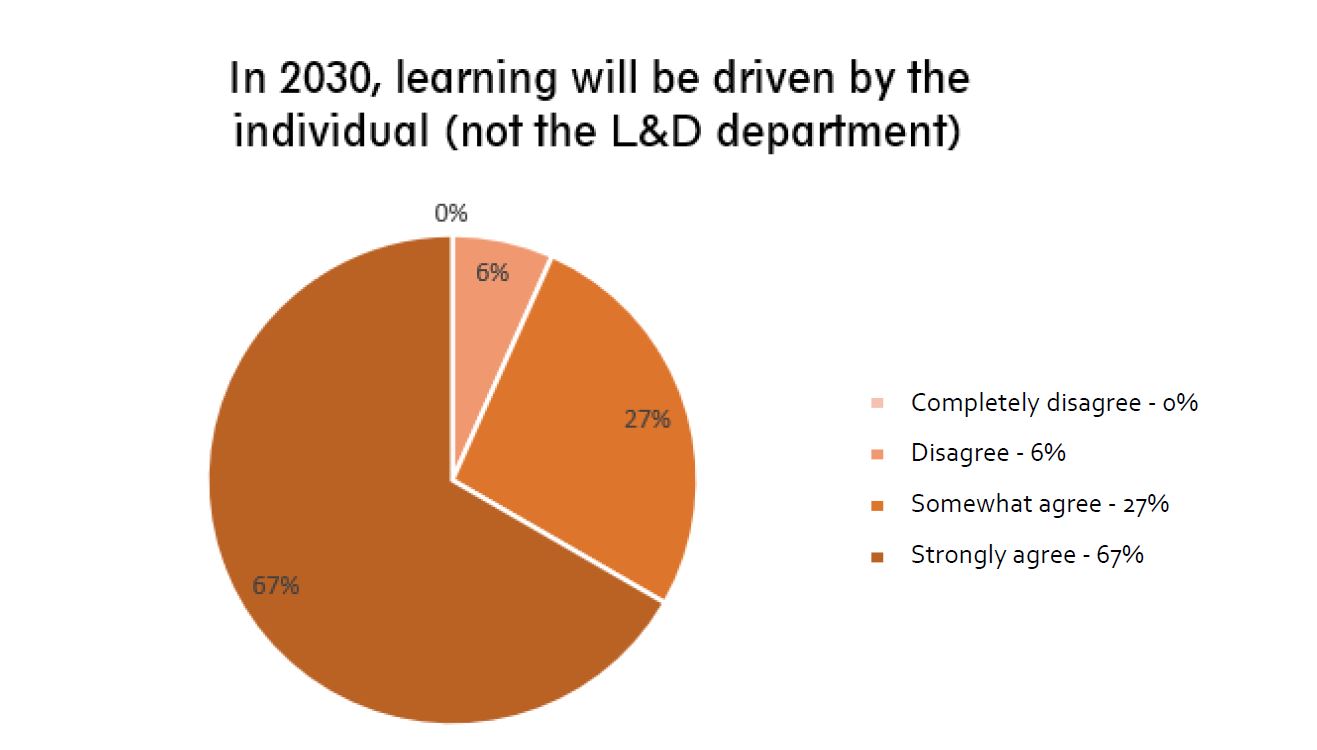There’s no more “business as usual” these days. Going into our third year of the pandemic, we’ve been working around disruptions, embracing innovations, and rethinking some of the old habits that no longer serve us.
Workers are looking for enriching careers that are in balance with the rest of their lives, and companies are searching for employees who can meet today’s challenges and adapt to fast-paced change. For HR departments looking to attract the best talent and set them up to succeed, the skills of a knowledgeable Learning and Development (L&D) department have never been more essential.
Worldwide, nearly nine out of ten companies are facing a skills gap. The pandemic has accelerated the shift toward digital platforms for commerce, communications, and many other essential business functions. It’s become increasingly important for companies to deliver timely and effective employee training. Workers, for their part, are eager to acquire these skills, with as many as 70% being willing to leave their current position to work for a company that’s more willing to invest in their training and education.
When you have skills to teach and workers who want to learn, the last thing you want to do is squander the opportunity by falling back on minimally engaging traditional educational programs. Here are ten Learning and Development trends for 2022 that point toward better educational solutions which resonate with today’s workforce’s brightest minds.
The Future of Learning and Development is Now
In the past, L&D teams had a relatively narrow scope. The training and education they oversaw focused on keeping workers prepared to meet the requirements of their job, increasing productivity and performance, and maintaining compliance with laws and industry regulations.
Today’s workers want to excel, but they also prioritize their values and their mental well-being. This mindset is particularly true for the members of the newest generational cohort to hit the labor market, Gen Z. For companies that want to stay relevant and attract top talent, L&D’s scope now includes training related to mental and physical health, diversity and inclusion, and various soft skills.

Meanwhile, compliance keeps getting more complex across many industries. New hardware and software skills must be mastered quickly to stay ahead of market trends and customer expectations. In this educational environment, an individual-led approach proves to be the most adaptable—and scalable. By adopting current L&D practices that prove successful, companies can empower employees to build and develop the skills needed for the future.
10 Learning and Development Trends for 2022
Here are ten key trends that savvy HR and L&D departments are using in 2022 to develop and retain top talent.
1. Improving the Employee Experience
Training wastes resources if employees don’t retain what they learned and integrate it into their skillset. Knowing this, it makes little sense to force them into arbitrary structures and timetables. Prioritizing the employee’s experience and putting their individual needs first can create the best conditions for deep learning.
Simple, user-friendly features like mobile device compatibility, social media integration, a well-organized document library with search, and video content with relatable presenters can create an encouraging learning environment. For a truly personalized educational experience, you can solicit real-time feedback and immediately incorporate suggested improvements.
2. Supporting Internal Mobility
Hiring from within can get candidates with highly specific expertise who already align with your company culture. But it only works when people want to stay within your organization and feel supported in taking on new roles and additional responsibilities.
Companies that make an extra effort to support internal mobility with initiatives like career development classes and personal coaching retain employees for an average of 5.4 years, compared to 2.9 years for employees at a typical company. It also helps ensure that sudden departures don’t leave you with critical knowledge or skill gaps.

3. Pivoting Toward Hybridization
The pandemic forced nearly every business to experiment with remote working solutions. Even though we can return to the office now, many remote working practices are becoming permanent.
Employees particularly appreciate having access to work-from-home options, with more than half expecting to spend the rest of their career working remotely at least part of the time. Training programs must be adaptable for on-site and remote learning environments and should teach employees the skills to thrive in a hybrid workplace.
4. Investing in New Technology
With all the innovative, engaging ways of conveying information at our disposal, it’s practically criminal to expect intelligent, busy students to plod their way through a stack of static PowerPoint slides. New formats like virtual or augmented reality, powered by artificial intelligence and machine learning technology, can create captivating and memorable experiences that will help critical concepts and skills stick in your learners’ brains. For example, instead of faceless voiceover narration, you can use solutions like Hour One to create personable AI presenters to get your material across more engagingly.

5. Teaching Power Skills
Communication, leadership, and collaboration skills may be deemed “soft skills” compared to knowing how to code or operate heavy equipment. But there’s real power in being able to relate to people, build connections with them, and help them develop to their full potential. No matter how many hard skills an employee has mastered, cultivating their soft skills can always lead to improved performance, better outcomes, and more opportunities for them to advance.
6. Reskilling and Upskilling
An evergreen trend in L&D is to focus on reskilling (teaching employees new skills to prepare them for a different role within the organization) and upskilling (building on an employee’s existing skills to raise them to a higher competence level), which have immediate and clear productivity benefits. Technology evolves rapidly, so workers must constantly update their skillsets to keep up with the pace. They can achieve this more easily with robust support from an L&D team that stays current with the latest developments and trends in their industry.
7. Integrating Specialty Platforms
All-in-one, general-purpose educational solutions can be helpful, especially if you need to get a large-scale training program up and running on short notice. To create a rich and dynamic learning environment, you will need tools and resources that address your organization’s unique needs and its workforce. Whether using AI to deliver personalized learning experiences or introducing gamification features to keep learners motivated, specialty platforms keep your curriculum from becoming generic and dull.
8. Enriching Instructional Content
Employees may be happy to learn skills that will make them better at their jobs, but they know that they’re more than just cogs in a machine. Burnout is real and becoming more prevalent. Educational programs that seek to enrich the learner as a whole individual, not just a job class, can go a long way toward preventing it.
It starts with onboarding processes that instill the organization’s culture and values and helps the employee feel secure in how they fit into it. Courses on mindfulness, physical fitness, and other positive habits can help employees maintain a positive outlook over the long term, making them feel better about bringing their whole selves to work.

9. Microlearning
The four-hour lecture is no longer the gold standard for delivering educational content. Like it or not, our fast-paced media landscape has trained us to have shorter attention spans, and we’re all busier and more pressed for time than ever. By condensing educational materials into “micro-lessons” that can be absorbed within five to fifteen minutes, you can make learning more accessible and student-friendly.
10. Video Is Still King
Since high-speed internet became fast and ubiquitous enough to handle the demands of high-quality streaming video, video content has proven itself as the most engaging and cost-effective way to deliver information online. When educational content is delivered through video, learners are 95% more likely to retain it than if they had read it in a text-only format. New technologies, such as AI video generators, make video production more affordable and scalable than ever. They can automatically generate professional-quality productions from a single plain-text source document, saving users time and resources.

Learning Is a Never-Ending Journey
When we look at optimal educational journeys, we’re increasingly seeing that they’re led by the individual student, starting from the ground up with the motivation to learn on their own terms. Companies that want to deliver necessary skills to their workforce have to respect that process and employ L&D solutions that empower learners to understand and integrate what they’re taught—and not just retain the bare minimum needed to pass a pop quiz.
To keep your team eager to learn and hungry for more educational content, you need to provide instruction in a format that will engage, enlighten, and resonate with them on a human level. Solutions like Hour One’s Reals platform allow you to deliver compelling, watchable videos without a studio, cameras, or the costly overhead that goes into making live-action video productions. If you’re searching for cost-effective ways to take your Learning & Development content into the future without breaking your present-day budget, try out Reals by Hour One. You’ll be amazed at what you can achieve for your organization.









